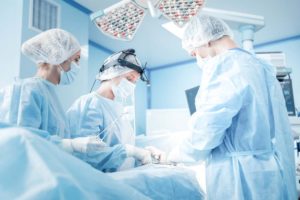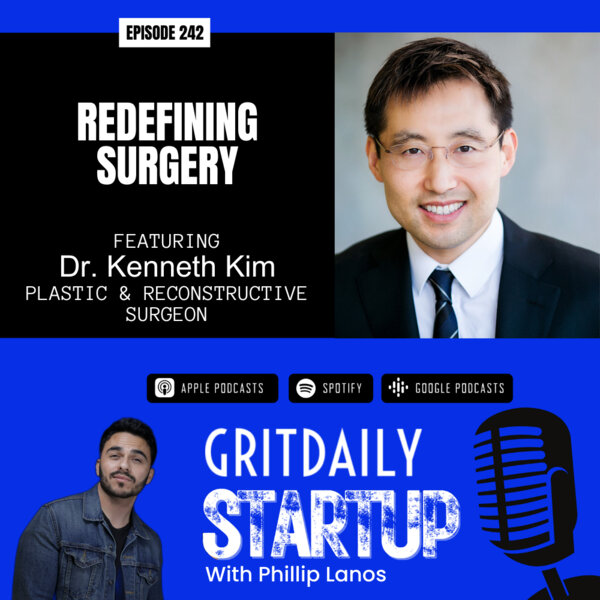Contents
- 1 How the Body Responds to Surgery
- 2 Bloodless Surgery Controls Blood Flow and Loss
- 3 What the Surgeon Can Achieve with Bloodless Surgery
- 4 What Procedures Can be Performed with Bloodless Surgery?
- 5 Other Advantages of Bloodless Surgery
- 6 Your Surgery is Only as Good as Your Surgeon
- 7 Choosing the Best
- 8 References




 Bloodless surgery is a ground-breaking approach to surgery that improves the quality and safety of the procedure being performed. Avoiding blood loss during surgery reduces stress on the patient’s body and increases the visibility of the area for the surgeon. Both of these advantages result in a more efficient and effective surgery with less discomfort and a dramatically shorter recovery. Dr. Kenneth Kim has pioneered this technique during his impressive medical career, during which he has implemented countless other valuable techniques in order to offer patients procedures and results that are unattainable at other surgical practices. As a clinical faculty at the UCLA School of Medicine and at Seoul National University, Korea’s leading academic institution, Dr. Kim has the advantage of working closely with the highest caliber of medical professionals nationally and internationally, in addition to his own research and prolific publications. Dr. Kim is a leading authority on surgical techniques and has presented research on the topic at conferences for the American Society of Plastic Surgeons, Korean Society of Plastic and Reconstructive Surgeons, Korean Society of Aesthetic Plastic Surgery, Cedars-Sinai Medical Center and at both of the universities where he teaches. He remains dedicated to sharing these techniques with the medical community. The surgical skill required to implement these approaches successfully has made him among the very few surgeons capable of executing them.
Bloodless surgery is a ground-breaking approach to surgery that improves the quality and safety of the procedure being performed. Avoiding blood loss during surgery reduces stress on the patient’s body and increases the visibility of the area for the surgeon. Both of these advantages result in a more efficient and effective surgery with less discomfort and a dramatically shorter recovery. Dr. Kenneth Kim has pioneered this technique during his impressive medical career, during which he has implemented countless other valuable techniques in order to offer patients procedures and results that are unattainable at other surgical practices. As a clinical faculty at the UCLA School of Medicine and at Seoul National University, Korea’s leading academic institution, Dr. Kim has the advantage of working closely with the highest caliber of medical professionals nationally and internationally, in addition to his own research and prolific publications. Dr. Kim is a leading authority on surgical techniques and has presented research on the topic at conferences for the American Society of Plastic Surgeons, Korean Society of Plastic and Reconstructive Surgeons, Korean Society of Aesthetic Plastic Surgery, Cedars-Sinai Medical Center and at both of the universities where he teaches. He remains dedicated to sharing these techniques with the medical community. The surgical skill required to implement these approaches successfully has made him among the very few surgeons capable of executing them.










